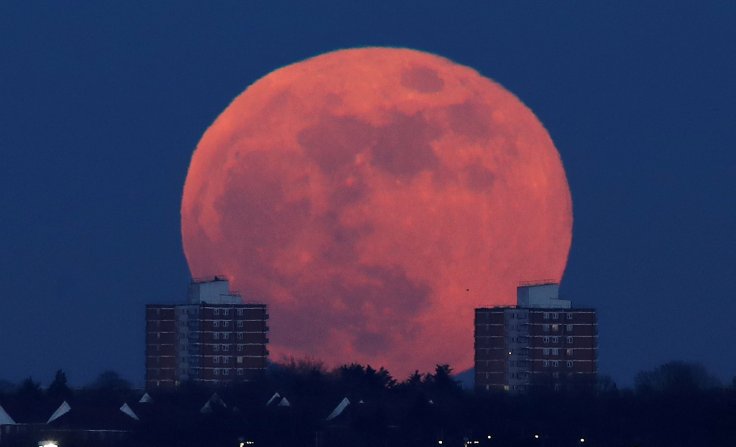Just hours after the skygazers enjoyed the beautiful sight of the Quadrantid meteor shower, here's another good news for all the space lovers as this year has a lot to offer with a variety of celestial events.
In 2020, the celestial calendar consists of a total of 13 full moons, including two supermoons and two full moons in one month. The full moon is the lunar phase that appears after a full rotation every 27.3 days. NASA said that the first full moon, a wolf moon, will appear on January 10 at 2:21 pm.

Supermoons and Blue Moon
In 2019, there were back-to-back-to-back supermoons at the beginning of the year. This rare phenomenon takes place when the moon orbits at its closest point to the Earth, making it appear much bigger and brighter than a normal full moon. This year, the supermoons will be visible on March 9 and again on April 7.
In the month of October, the stargazers can catch a glimpse of two full moons in the same month, making the second moon a Blue Moon. Reports said that the Blue Moon will fall on Halloween night -- October 31. Though Blue Moons appear about every two or three years, NJ.com reported that space lovers will have to wait till 2039 to witness the next Blue Moon on Halloween.
List of full moons in 2020
Meanwhile, different cultures have given different names to full moons which are applied for the whole month. Based on the Farmers Almanac, here's a list of the complete full moon schedule of the year 2020.
| Date | Time | Name |
|---|---|---|
| January 10 | 2:21 pm | Wolf Moon |
| February 9 | 2:33 am | Snow Moon |
| March 9 | 1:48 am | Worm Moon |
| April 7 | 10:35 pm | Pink Moon |
| May 7 | 6:45 am | Flower Moon |
| June 5 | 3:12 pm | Strawberry Moon |
| July 5 | 12:44 am | Buck Moon |
| August 3 | 11:59 am | Sturgeon Moon |
| September 2 | 1:22 am | Corn Moon |
| October 1 | 5:05 pm | Harvest Moon |
| October 31 | 9:49 am | Blue Moon |
| November 30 | 4:30 am | Beaver Moon |
| December 29 | 10:28 pm | Cold Moon |









